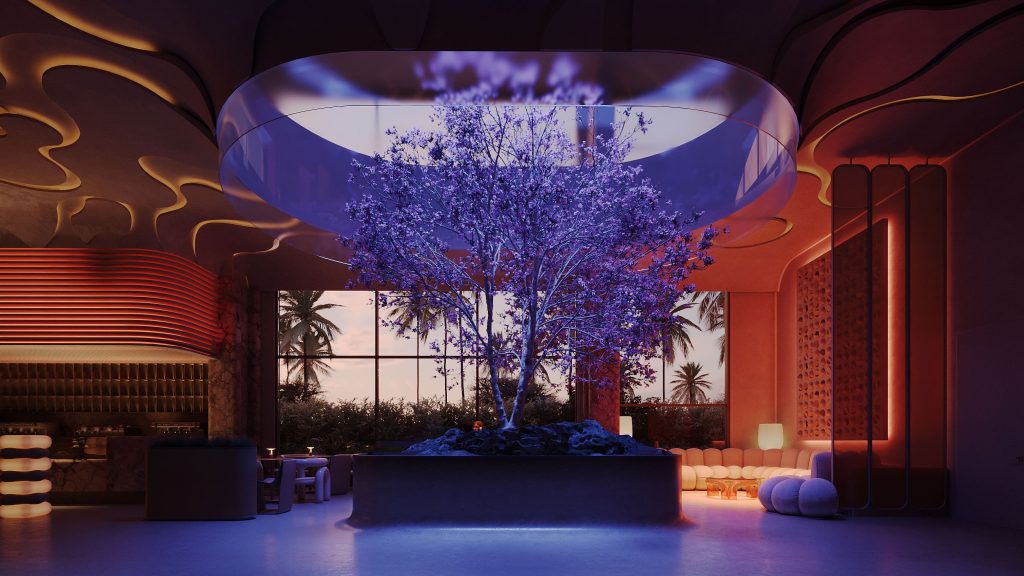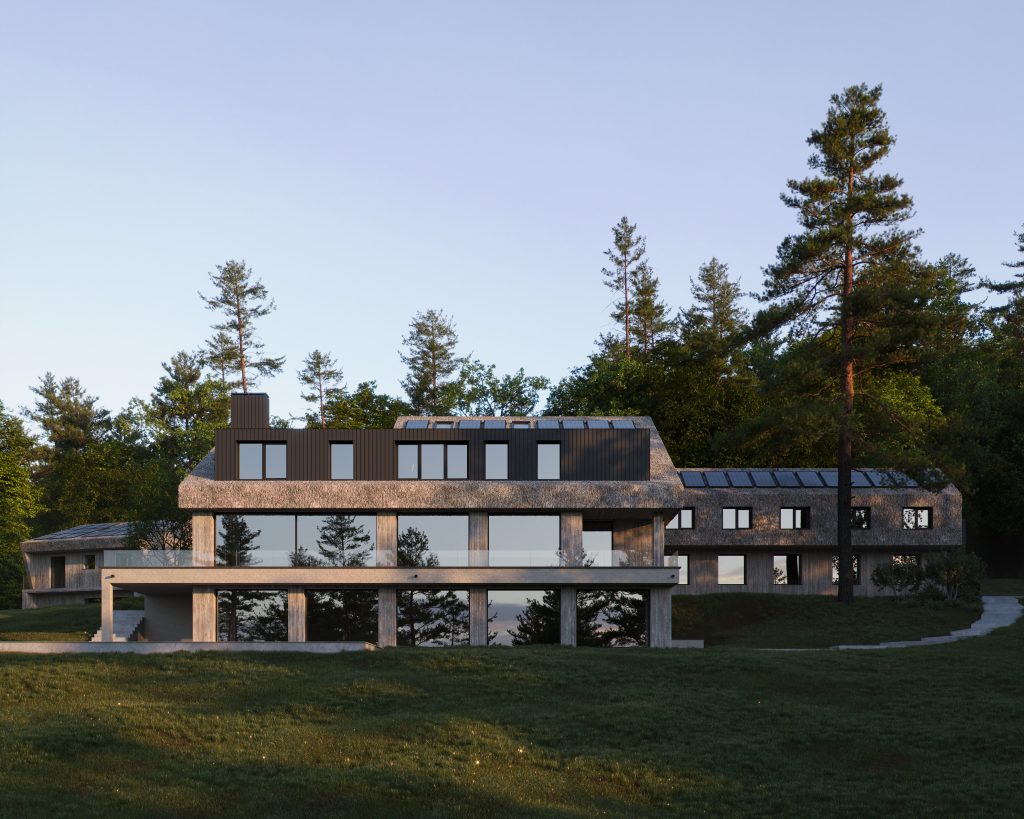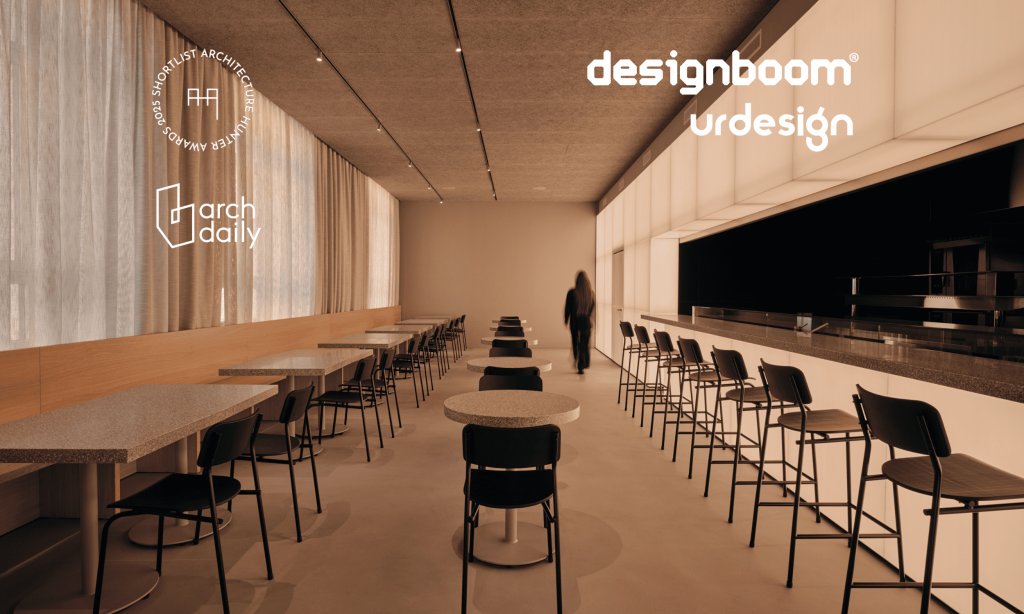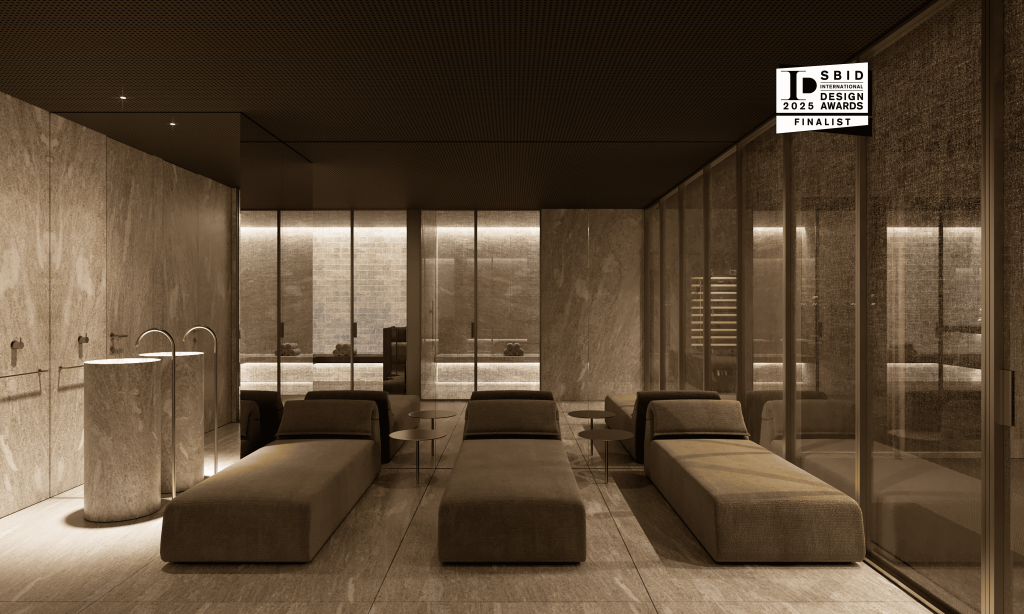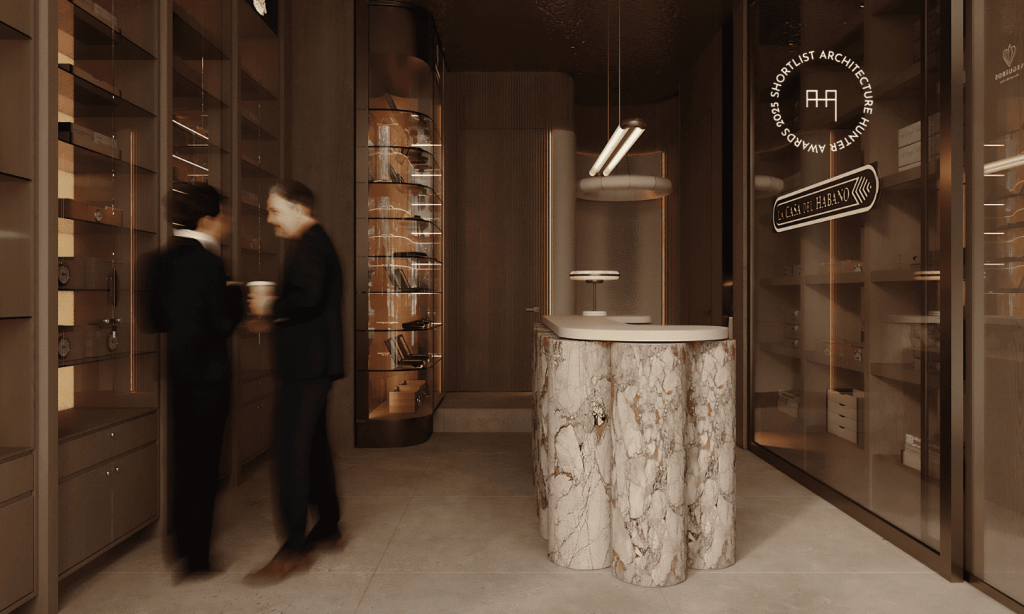Interior Design Trends for 2025

Every year, interior design trends evolve, pushing homeowners and designers to adapt and explore new decorating options. While it’s possible to remain true to traditional styles, it’s hard to ignore global trends shaping modern spaces. In 2025, the focus is on blending style with functionality and aesthetics with sustainability. The new interior styles move away from classic color schemes, embracing bold and vibrant tones.
Embracing Natural Motifs
In recent years, standard urban design has turned cities into "concrete jungles". The extensive use of stone, concrete, and gray shades has made interiors dull and lifeless. To counteract this, biophilic design is on the rise, aiming to restore a connection to nature. Key features include:
- Use of natural materials like bamboo, wood, and natural stone.
- Incorporating plants — potted greenery, vertical gardens, and other botanical elements — to enhance aesthetics and improve air quality.
- Minimizing or eliminating plastic to promote eco-friendliness.
Plants and natural materials not only improve air quality but also create a calming and refreshing atmosphere, making indoor spaces more pleasant to inhabit.
Wellness Spaces
In 2025, interior design is increasingly focused on well-being, making wellness spaces an essential part of modern homes. These areas are designed to promote relaxation, mindfulness, and physical health, incorporating elements like natural light, soothing textures, and biophilic design. From home spas and meditation corners to yoga studios and sensory retreats, wellness spaces create a sanctuary for mental and physical rejuvenation.
The trend emphasizes a holistic approach, blending technology with nature for a balanced environment. Smart lighting, aromatherapy systems, and natural materials work together to enhance tranquility and improve overall well-being. As self-care becomes a priority, wellness spaces are evolving into personalized retreats that support a healthier, more mindful lifestyle.
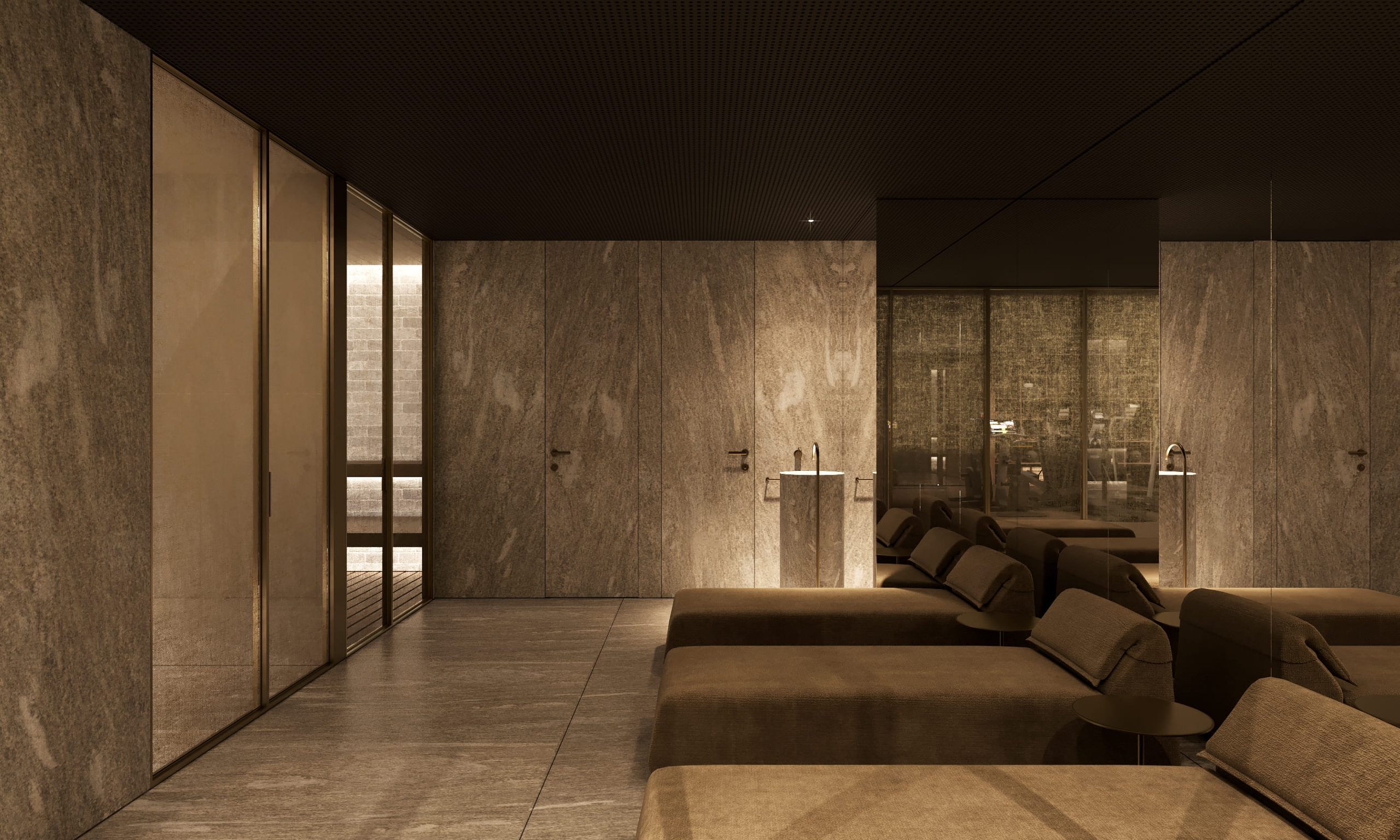
The Return of Retro and Vintage
History repeats itself, and design is no exception. Retro styles from the 1960s and 1970s are making a comeback, often inspired by movies, series, and video games that highlight these decades. Key elements include:
- Abstract patterns, vintage accessories, and pastel color palettes create a nostalgic yet stylish atmosphere in contemporary interiors.
- Antique furniture pieces serve as focal points, while modern reproductions mimic aged wood through special treatments.
Adding vintage elements, like an old typewriter or classic paintings, introduces character and charm without overwhelming the space.
Sustainable Materials
Sustainability is becoming one of the key trends in modern interior design. More and more people are choosing materials that not only look elegant but also contribute to environmental preservation. Eco-friendly materials seamlessly combine aesthetics, functionality, and environmental consciousness, making them the perfect choice for contemporary homes.
Warm minimalism
Warm minimalism is a key interior trend in 2025, combining the simplicity of minimalism with cozy, inviting elements. This approach focuses on clean lines, uncluttered spaces, and a neutral color palette softened by warm tones, natural materials, and rich textures. Instead of stark, cold minimalism, the emphasis is on creating a sense of comfort and harmony while maintaining a refined aesthetic.
To achieve this balance, designers incorporate wood, linen, wool, and stone, adding depth and warmth to interiors. Soft lighting, organic shapes, and thoughtfully chosen décor pieces enhance the serene yet welcoming atmosphere. Warm minimalism embraces the idea of “less, but better,” ensuring that every element serves a purpose while contributing to a cozy, timeless space.
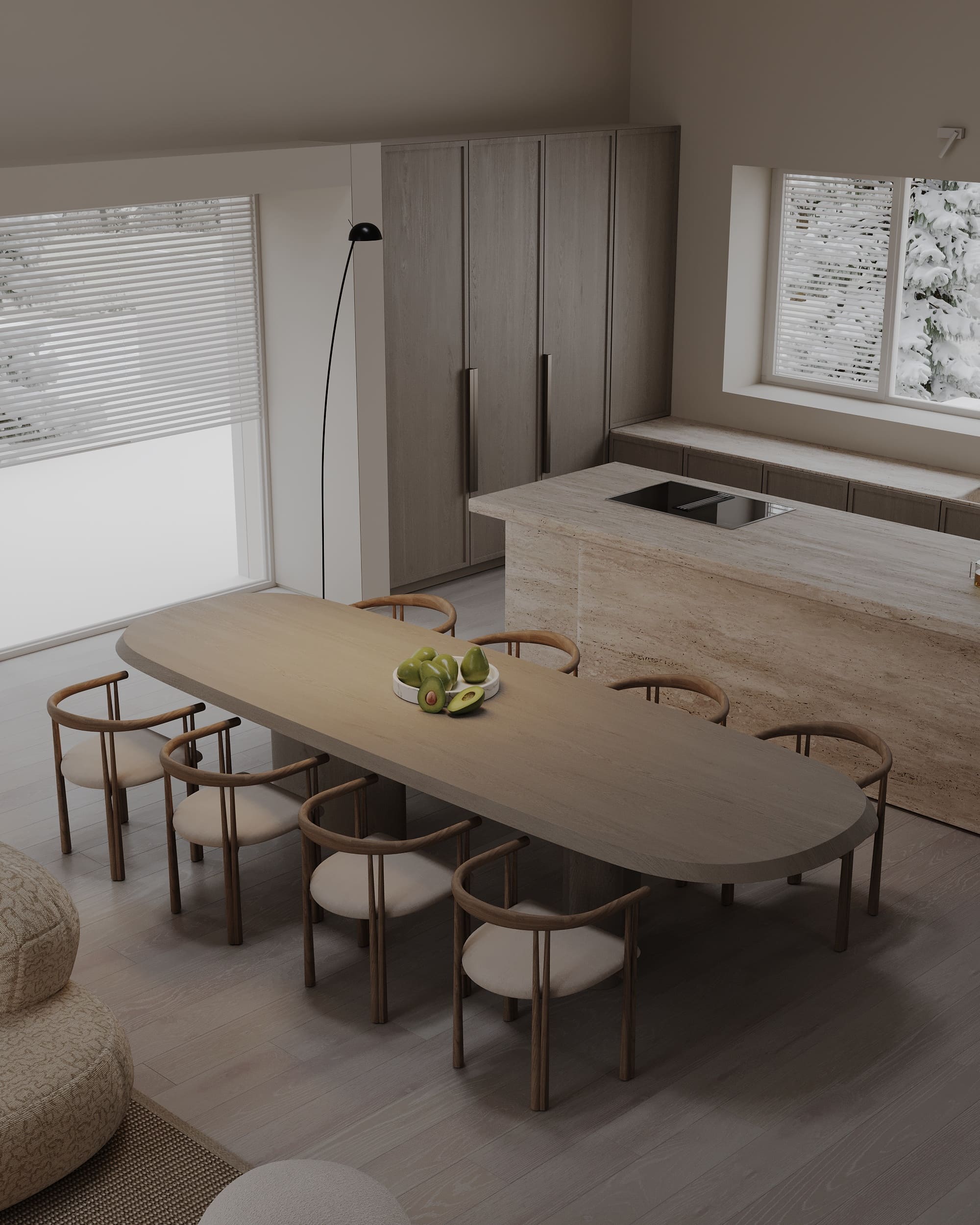
Trendy Color Palettes
In 2025, earthy and calming tones like terracotta, cream, and sandy hues are on trend. These colors foster a cozy and serene atmosphere while remaining versatile enough to blend with various styles.
However, to avoid monotony, designers are introducing bold accents in cobalt blue, deep green, and burgundy. These vibrant shades add personality and contrast, creating dynamic and visually stimulating interiors. Green elements can also be incorporated naturally through indoor plants.
Popular Materials in Interior Design
When it comes to materials, 2025 highlights the use of natural, durable, and aesthetically pleasing options:
- Natural Wood: Still dominating furniture and flooring trends, untreated wood with visible grains is favored for its authenticity and organic texture.
- Natural Stone: Materials like marble and travertine are used for countertops, kitchen facades, and even furniture, adding sophistication and elegance.
- Metal Accents: Matte steel, brass, copper, and blackened metals are popular for highlighting specific details, such as light fixtures, handles, and frames.
- Recycled Materials: The trend for material recycling is growing stronger. Feel free to choose furniture made from recycled plastic or textiles.
In textiles, natural fabrics like cotton and linen dominate upholstery choices. Wool throws, rattan, and jute rugs further enhance the eco-friendly vibe. While plastic remains unpopular in high-end design, recycled plastic is gaining traction as an environmentally responsible option.
The Role of Smart Technologies
No modern interior is complete without smart technologies. Automated lighting, temperature control, and integrated household systems improve both functionality and energy efficiency. Smart homes provide a personalized living experience, adapting to individual needs while optimizing resource consumption.
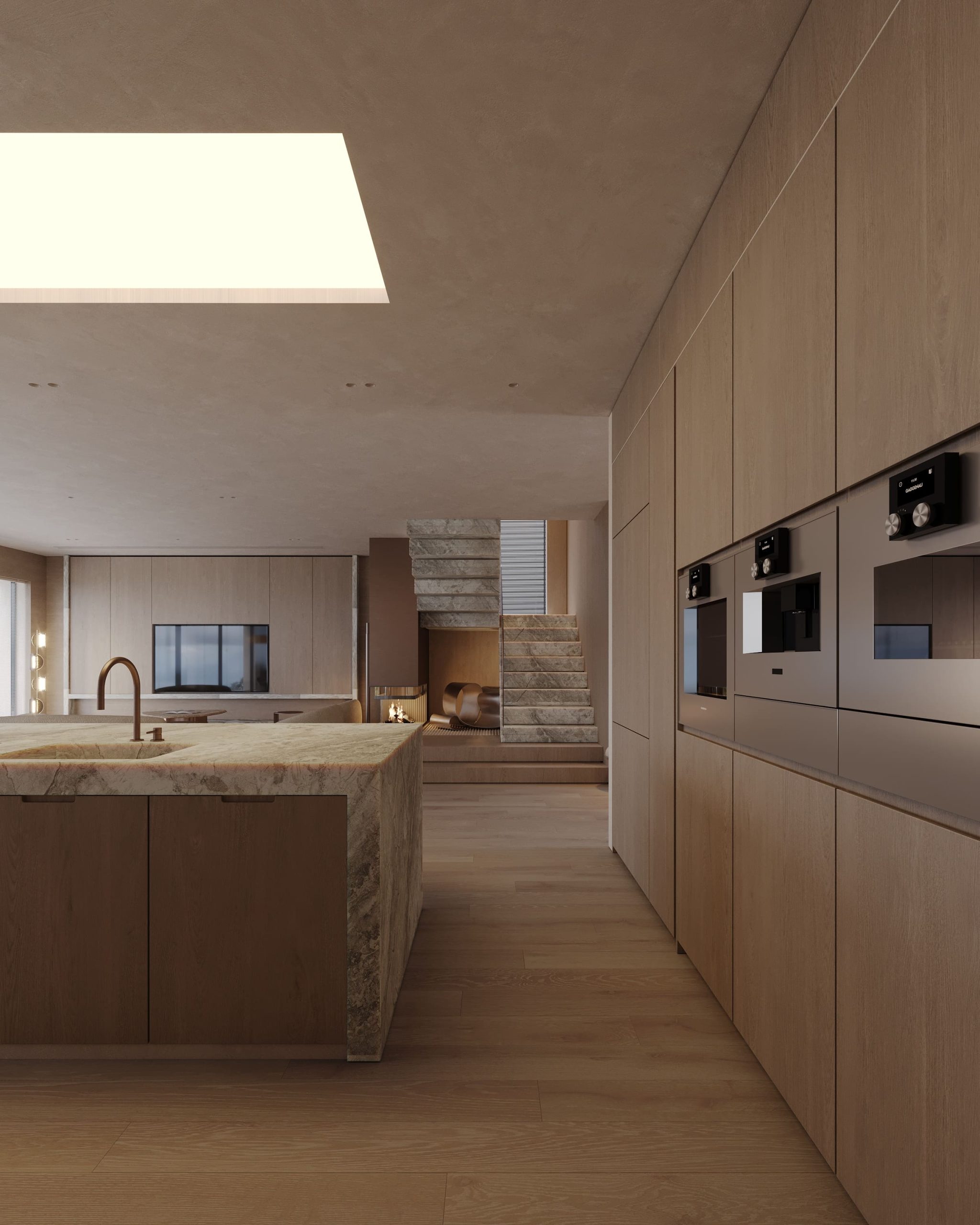
Statement lighting
Statement lighting in design is a stylish and expressive element that not only serves the functional purpose of lighting but also becomes an important part of the interior. It grabs attention, adds character, and can serve as a true work of art in the space.
Here are a few examples of how statement lighting can be used in design:
- Statement Chandeliers – A large, eye-catching chandelier can serve as the focal point of a room, especially in living and dining areas. Unusual designs or bold colors add character and set the overall mood.
- Pendant Lighting – Hanging fixtures with unique shapes or materials like glass, metal, or wood bring style and sophistication to kitchens and dining spaces.
- Sculptural Fixtures – Lights that double as art pieces create a striking visual impact, often used in hallways or living rooms as a decorative centerpiece.
- Bold Lamps and Sconces – Even small fixtures can make a statement through unconventional shapes, vibrant colors, or intricate details.
- LED Accents – Panels and strips provide versatile, modern lighting solutions, enhancing ambiance and highlighting key design elements.
Statement lighting helps create a unique atmosphere and makes the space individual and stylish.
A Focus on Comfort
In 2025, interior design prioritizes comfort, creating spaces that feel inviting, cozy, and effortlessly livable. Soft textures, plush furniture, and warm, neutral tones dominate, making homes a true sanctuary from the outside world. Layered lighting, ergonomic designs, and natural materials enhance both physical and visual comfort, ensuring that aesthetics and functionality go hand in hand. This trend embraces a sense of ease, where every element is chosen to promote relaxation and well-being.
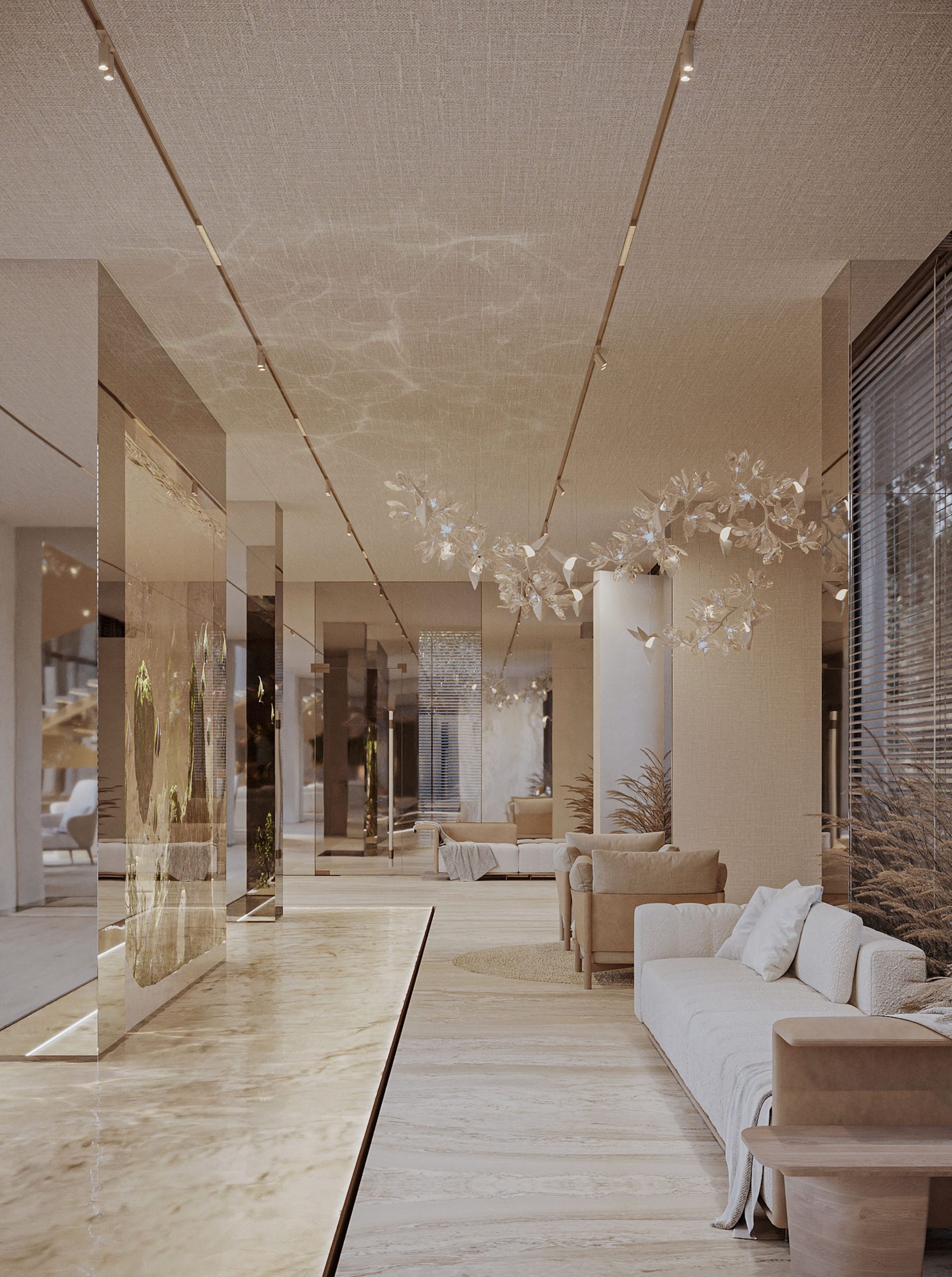
A Balance of Trends and Individuality
While it’s exciting to follow design trends, it’s essential to maintain a sense of individuality. The best interiors reflect personal tastes and lifestyles, creating spaces that are not only beautiful but also meaningful and comfortable. In 2025, the key is to balance modern trends with your unique style, resulting in a home that feels truly yours.

